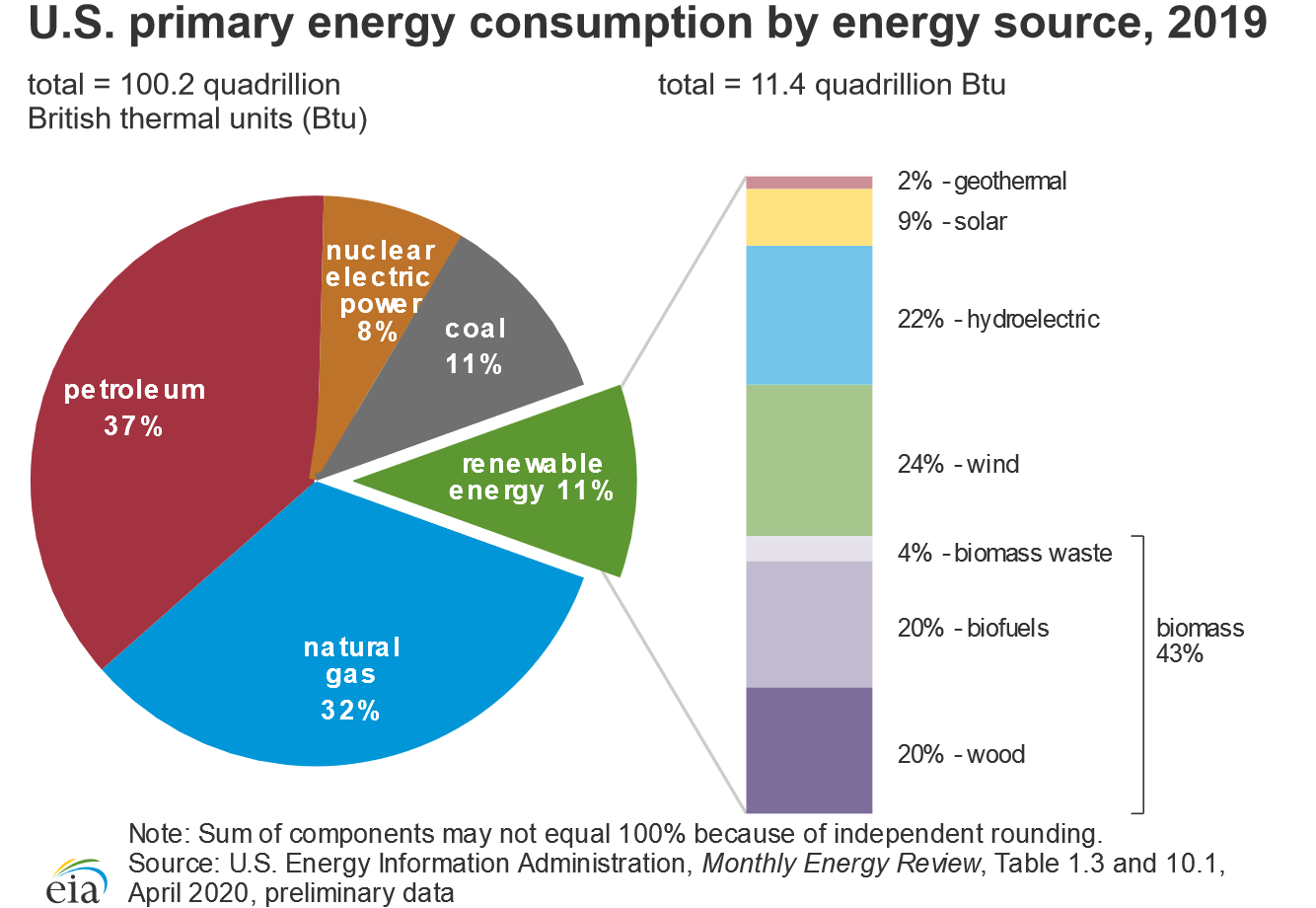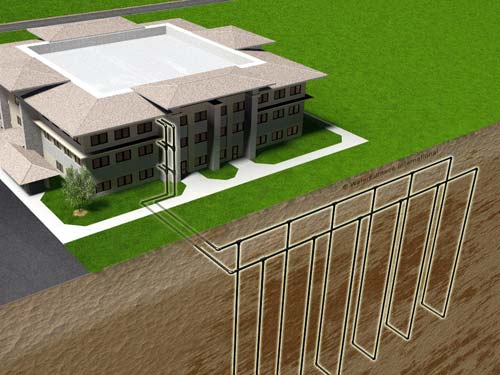Intern Research – Geothermal Heat Pumps
Sean O'Sullivan - Mechanical Engineering Intern
By Sean O’Sullivan
October 12, 2022Post Tagged in
 |
On average, 35 percent of energy use for commercial buildings in the United States is for the purpose of heating and cooling spaces (Department of Energy). A large percentage of this energy comes from non-renewable resources such as natural gas, petroleum, and coal (Penn State). While renewable energy is becoming more prevalent, total dependence on these resources is still years away. Currently, a simple way to heat and cool your building is by installing a geothermal heat pump.
|



